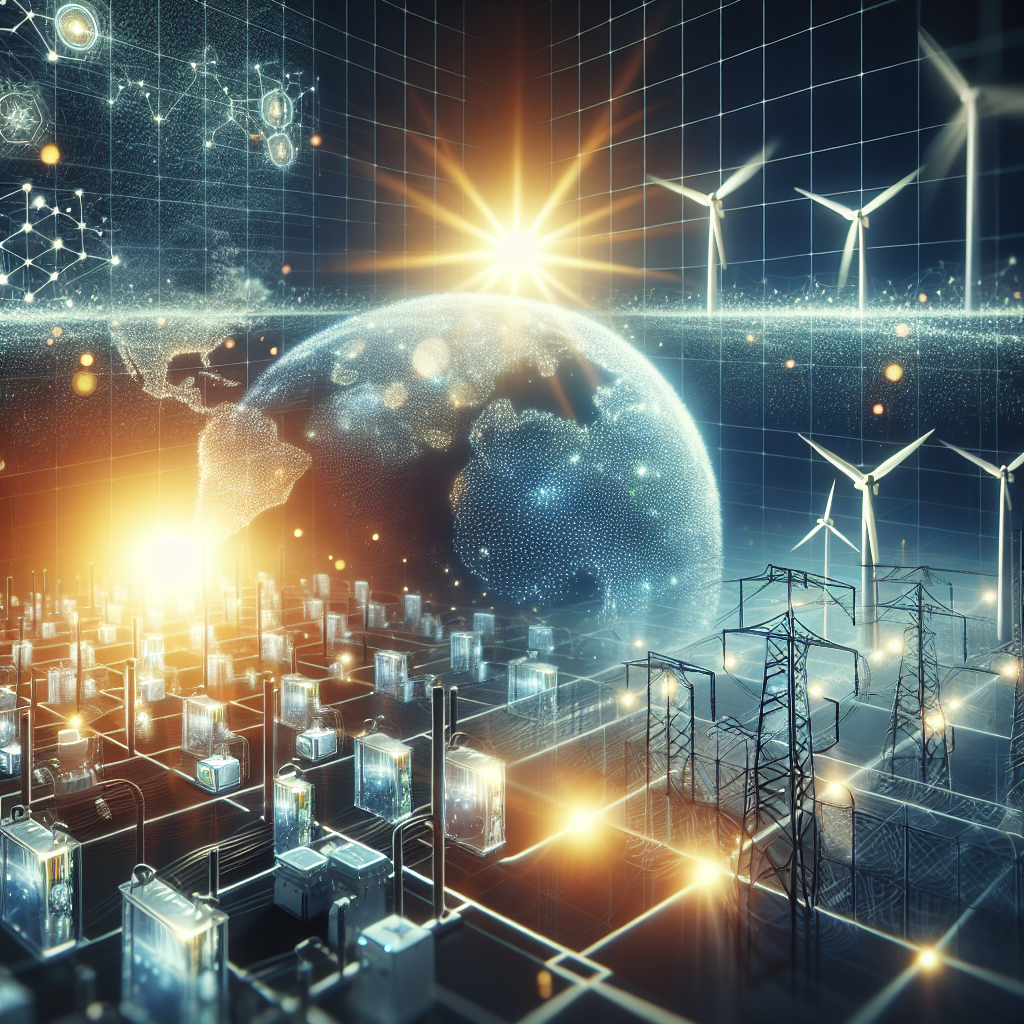The Impact of Energy Storage on Renewable Integration into the Grid
The integration of renewable energy sources into the electrical grid is a critical step towards achieving a sustainable and resilient energy system. However, the intermittent nature of renewables like solar and wind power presents unique challenges to grid stability and reliability. Energy storage technologies play a pivotal role in addressing these challenges, facilitating a smoother integration of renewable resources, and transforming the way energy is produced, distributed, and consumed. This article explores the impact of energy storage on renewable integration into the grid, highlighting its significance, challenges, and future prospects.
Bridging the Gap between Supply and Demand
One of the primary roles of energy storage is to bridge the gap between the variable supply of power from renewable sources and the fluctuating demand for electricity. Solar panels, for instance, produce electricity during the daytime, which may not align with peak demand periods, especially in residential areas where consumption spikes in the evening. Energy storage systems can store excess energy generated during low demand periods and release it when demand peaks, ensuring a steady and reliable power supply.
Enhancing Grid Stability and Reliability
Energy storage systems contribute significantly to grid stability by providing ancillary services such as frequency regulation and voltage support. Renewables, especially wind and solar, can cause frequency and voltage fluctuations due to their intermittent output. Energy storage can respond rapidly to these fluctuations, maintaining grid stability and preventing potential blackouts or equipment damage.
Facilitating Distributed Energy Generation
Energy storage is a key enabler of distributed energy generation, allowing households and businesses to store excess energy generated from rooftop solar panels for later use. This not only reduces reliance on the central grid but also decreases transmission and distribution losses, making the energy system more efficient. Furthermore, distributed energy storage can provide backup power during outages, enhancing energy security for consumers.
Reducing Carbon Emissions
Integrating energy storage with renewable energy sources can lead to significant reductions in carbon emissions. By maximizing the utilization of renewables and decreasing the need for fossil fuel-based peaker plants, which are typically used during periods of high demand, energy storage contributes to a cleaner energy mix and helps combat climate change.
Challenges to Integration
Despite its benefits, the integration of energy storage systems into the grid faces several challenges. High initial costs, technological limitations, and regulatory barriers are among the primary obstacles. However, ongoing advancements in energy storage technologies, coupled with declining costs and supportive policies, are gradually overcoming these challenges.
The Future of Energy Storage and Renewable Integration
The future of energy storage looks promising, with innovations in battery technology, such as solid-state batteries and flow batteries, offering higher capacities, longer lifespans, and lower costs. Moreover, the development of hybrid systems combining different storage technologies could provide more flexible and efficient solutions. As the energy landscape evolves, the role of energy storage in enabling a renewable-powered grid will undoubtedly expand.
FAQs
Q1: What are the main types of energy storage used for grid integration?
A1: The main types include lithium-ion batteries, flow batteries, pumped hydro storage, compressed air energy storage, and flywheel energy storage.
Q2: How does energy storage help with renewable energy integration?
A2: Energy storage helps by storing excess energy generated during peak production times and releasing it during peak demand, stabilizing the grid, providing backup power, and enhancing the efficiency of renewable energy systems.
Q3: What are the environmental benefits of integrating energy storage with renewables?
A3: The integration reduces reliance on fossil fuels, lowers carbon emissions, and supports a cleaner, more sustainable energy mix, contributing to the fight against climate change.
Q4: Are there any financial incentives for adopting energy storage solutions?
A4: Yes, many countries offer financial incentives, such as tax credits, rebates, and grants, to encourage the adoption of energy storage systems.
Q5: What is the biggest challenge facing energy storage and renewable integration?
A5: The biggest challenge is the high initial cost of energy storage systems. However, prices are decreasing due to technological advancements and increased production scales.
Energy storage stands at the forefront of the renewable energy revolution, offering solutions to some of the most pressing challenges associated with the variability and intermittency of renewable resources. Its role in enhancing grid stability, reducing emissions, and enabling a more resilient and sustainable energy system cannot be overstated. As technology advances and costs continue to decline, energy storage will play an increasingly central role in the global transition towards a renewable energy future.

